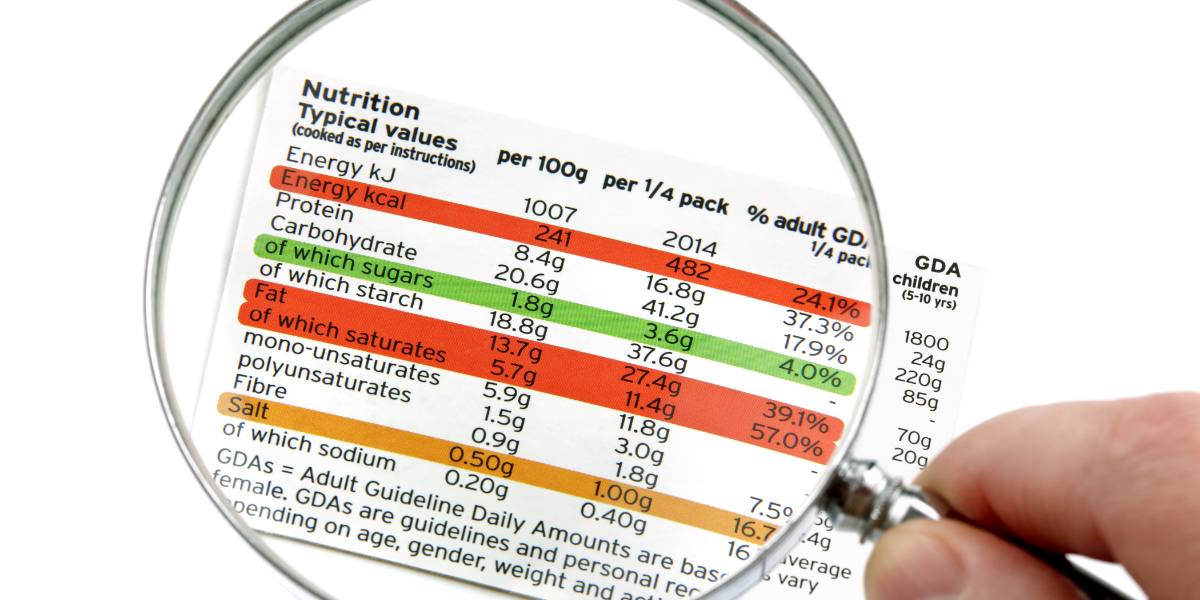Hundreds of individuals struggle to estimate portion sizes for some foods despite most packaging stating how many people it should serve, a new Which? survey has revealed.
The consumer group has found that buyers find it hard to estimate the portion sizes of cheese, chocolate and crisps.
More than 1,265 individuals took part in the Which? survey on the impact of poor portion size labelling.
- Five portions of fruit and vegetables on a daily basis reduces early death risk
- What is Portion Distortion?
According to Pringles, a tube of its crisps serves six to seven people; however, the participants thought it only contained two to four portions.
Quality Street packaging on the 220g confectionary box outlines that two sweets is a typical portion.
Which? said: “Unrealistic recommended serving sizes can mislead people into thinking they are consuming fewer calories, and less fat, sugar or salt, than they actually are.”
Shefalee Loth, Which? Nutritionist, said: “Labelling was really valuable but needed to be based on meaningful and consistent portion sizes.
“People can be confused by inconsistent and unrealistic serving sizes and the way that manufacturers provide these can sometimes make it difficult to assess just how healthy a product is.”
Most of the participants believe that the main component of a meal deal is a good portion size for one person, but the snack and drink could be designed for two people.
In addition, the individuals surveyed think that a 225g supermarket pack of halloumi cheese has the wrong portion size labelling as it says it can feed seven, but in reality it was the right amount for two to four people.
- Is aspartame carcinogenic: WHO set to label sweetener as possible carcinogen
- Labelling food with the amount of exercise needed to burn off the calories has little impact on purchases
As part of the survey, 229 participants poured themselves a glass of juice or wine and then measured the amount they served.
The results show that:
- Some 54% of orange-juice drinkers poured more than the recommended daily limit of 150ml
- About half of white-wine drinkers poured more than the official small serving of 125ml
A spokesperson from the Food and Drink Federation said: “A range of portion sizes are available to help consumers achieve a healthy balanced diet and to meet the varying requirements of families.
“Food and drink manufacturers are committed to providing clear and accurate information and voluntarily include traffic-light labelling on the front of packs, so people can make an informed decision on the food they buy.”
Government advice on nutrition information on packaging can be found here.

